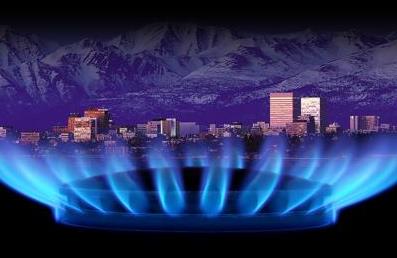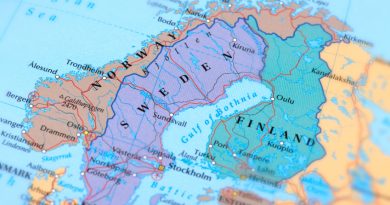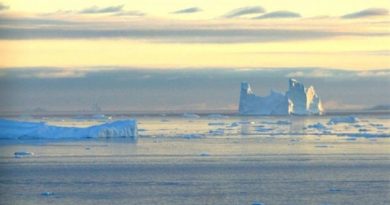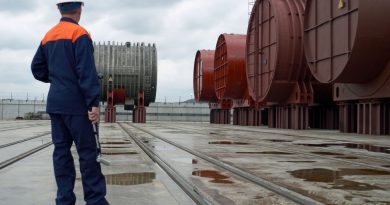Oil company still trying to control Alaska well blowout, help on the way
 An oil rig in Alaska’s Far North was evacuated Wednesday after a Repsol drilling contractor hit a pocket of gas that triggered a methane blowout.
An oil rig in Alaska’s Far North was evacuated Wednesday after a Repsol drilling contractor hit a pocket of gas that triggered a methane blowout.
The venting gas sparked fears the rig could explode, but the rig was intact and Repsol was reported to be working toward control of the situation.
As of late Wednesday night, a crew of specialists was on its way from Texas to Alaska’s North Slope to help bring the well under control.
There were no reports of spilled oil. Repsol initially estimated that approximately 1,200 gallons of drilling mud had been released to the gravel drilling pad and surrounding snow-covered tundra.
But as of Wednesday night, that estimate grew to 42,000 gallons of drilling mud, or about 1,000 barrels, according to the Alaska Department of Environmental Conservation.
An unknown amount of gas had escaped. At 5:30 p.m. Wednesday, Repsol reported to the state that the flow of gas from the well had nearly stopped, with gas levels near the pad returning to safe levels.
“Well control is still pending, and gas is currently being vented through a diverter,” the North Slope Borough reported earlier in the day. “Well control and spill response operations are being mobilized.”
Repsol is a Spanish company and a relatively new player in Alaska’s oil patch.
‘Gas kick’
State environmental regulators reported that Repsol contractor Nabors Drilling was sinking an exploratory well at the Qugruk 2 site located in the Colville River Delta. The drill penetrated a shallow gas pocket at about 2,600 beneath the tundra, resulting in a “gas kick” and causing the loss of drilling fluids as gas pressure forces drilling mud out of the well.
“The gas kick drove drilling mud used to lubricate and cool the drill out of the hole, onto the gravel pad and adjacent snow-covered tundra,” according to the Department of Environmental Conservation. “Additional mud was pumped into the borehole in an attempt to kill the well, but that mud was also blown out.”
The Alaska Department of Natural Resources approved formation of the Qugruk unit only weeks ago. In the plan dated Jan. 26, Repsol described plans to drill four exploratory wells in the area this winter.
Wes Ghormley, a environmental program specialist with DEC, said he will fly to the North Slope Thursday. “Maybe it’s a small pocket that will run itself out,” he said. “They’re bringing in professionals to figure out how to shut it off. The first step is to control the source.”
The blowout is near the village of Nuiqsit. A secretary at the offices of Kuukpik Corp., the village Native corporation, said the community had been told in the morning to be prepared to evacuate, but by afternoon no one had moved. No one had reported smelling any gas from the well drifting into the village, she said; natural gas is typically odorless. DEC reported “the well is currently not under control,” but gas was being run through the drill rig and diverted as efforts began to regain control.
The drilling mud “is hazardous to the tundra,” Ghormley said. “The majority is on the gravel pad (on which the rig sits). It’s on the snow,” which will help protect the tundra.
Repsol told DEC it has hired well-control specialists from Houston to help tame the well. The crew from Wild Well Control Inc. is expected to arrive at 7 a.m. Weather conditions on the Slope were relatively friendly Wednesday. The air temperature was minus-14 and the winds light with some isolated snow showers.
For more stories from Alaska Dispatch, click here.



